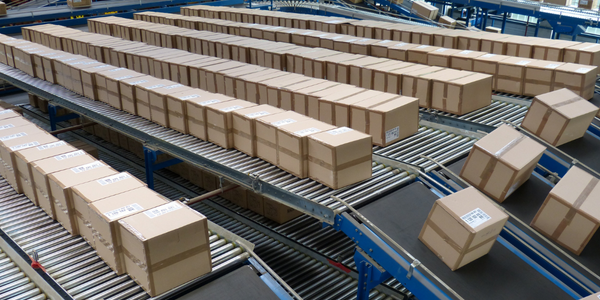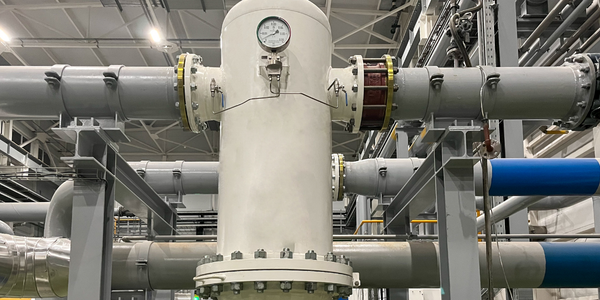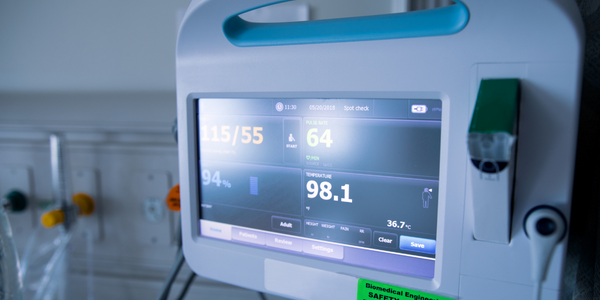Download PDF
Accelerating Updates with InstallShield: A Case Study on Trend Micro Taiwan
Technology Category
- Cybersecurity & Privacy - Application Security
- Cybersecurity & Privacy - Cloud Security
Applicable Industries
- National Security & Defense
- Packaging
Applicable Functions
- Product Research & Development
Use Cases
- Tamper Detection
- Time Sensitive Networking
Services
- Cloud Planning, Design & Implementation Services
- System Integration
The Challenge
Trend Micro Taiwan, a global leader in IT security, faced a significant challenge in updating their anti-virus drivers and applications. The company needed to create installers up to 10 times a day to support frequent updates, a task that was slowed down by the need to coordinate development teams across different time zones in Asia and North America. The lack of an automated installation development tool with robust features further complicated the process. The speed of updating installers was crucial to the company's success, as it directly impacted their ability to protect end users and secure networks against breaches from targeted attacks.
The Customer
Trend Micro
About The Customer
Trend Micro Taiwan, Inc. is a 25-year global leader in IT security. The company develops innovative security solutions that make the world safe for businesses and consumers to exchange digital information. They provide server security, cloud security, and small business content security. Their security solutions protect end users on any device and secure networks against breaches from targeted attacks. The company delivers top-ranked client-server, network, and cloud-based protection that stops new threats faster, detects breaches better, and protects data in physical, virtual, and cloud environments.
The Solution
Trend Micro Taiwan adopted InstallShield Professional concurrent licensing to address their challenge. This solution significantly increased their installation development speed and customer satisfaction. The concurrent licensing model allowed multiple users across different locations to access InstallShield simultaneously, eliminating the limitations of time and location. This meant that team members could choose their preferred time to use InstallShield without having to wait in a queue. The company is also upgrading to InstallShield Premier and increasing the number of users of the concurrent licenses, further enhancing their installation development capabilities.
Operational Impact
Quantitative Benefit
Related Case Studies.

Case Study
IoT Data Analytics Case Study - Packaging Films Manufacturer
The company manufactures packaging films on made to order or configure to order basis. Every order has a different set of requirements from the product characteristics perspective and hence requires machine’s settings to be adjusted accordingly. If the film quality does not meet the required standards, the degraded quality impacts customer delivery causes customer dissatisfaction and results in lower margins. The biggest challenge was to identify the real root cause and devise a remedy for that.

Case Study
Zenon the Ideal Basis for An Ergonomic HMI
KHS develops and produces machines and equipment for filling and packaging in the drinks industry. Because drinks manufacturing, filling and packaging consist of a number of highly complex processes, the user-friendly and intuitive operation of equipment is increasingly gaining in significance. In order to design these processes as simple as possible for the user, KHS decided to introduce a uniform, transparent and standardized solution to the company. The HMI interface should meet the requirement for people with different qualifications and enable them to work on a standard platform.

Case Study
Data Capture for Afghanistan Forces
Electronic equipments on the field of Afghanistan provided information on the status of the vehicle and to identify potential threats surrounding it to the British Force. The monitoring and interpretation of this data requires robust and sophisticated digitization for data capture and communication.

Case Study
Sparks Dynamics Assists Atlas Container Secure a $15,000 BGE Energy Rebate
The ReMASTER Compressed Air Monitoring system was installed in 2015. This system is capable of monitoring compressed air system parameters on a continuous basis and transferring that information to a cloud server which can be accessed by Atlas Container personnel, Industrial Diagnostics and Sparks Dynamics. This information was collected into a database which can be exported to an Excel spreadsheet or displayed graphically using Sparks Dynamics ViewMaster Software. The average annual compressed air electricity expense was estimated to be approximately $116,000. This is based on an incremental $/KWh electric rate of $.091 per KWh and an estimated compressed air energy consumption of 1,279,200 KWH. The implementation phase of Energy Conservation Measures (ECMs) for the Compressed Air System included: • Identification and repair of compressed air leaks • Understanding of compressed air usage per manufacturing machine and installation of shut off valves when the machines are no longer in production mode • Identification of misapplications of compressed air to include blow offs, venturis, and cooling scenarios • Understand system pressure requirements and potential installation of point of use pressure regulation.

Case Study
Automated Pallet Labeling Solution for SPR Packaging
SPR Packaging, an American supplier of packaging solutions, was in search of an automated pallet labeling solution that could meet their immediate and future needs. They aimed to equip their lines with automatic printer applicators, but also required a solution that could interface with their accounting software. The challenge was to find a system that could read a 2D code on pallets at the stretch wrapper, track the pallet, and flag any pallets with unread barcodes for inspection. The pallets could be single or double stacked, and the system needed to be able to differentiate between the two. SPR Packaging sought a system integrator with extensive experience in advanced printing and tracking solutions to provide a complete traceability system.

Case Study
Mondi Implements Statistics-Based Health Monitoring and Predictive Maintenance
The extrusion and other machines at Mondi’s plant are large and complex, measuring up to 50 meters long and 15 meters high. Each machine is controlled by up to five programmable logic controllers (PLCs), which log temperature, pressure, velocity, and other performance parameters from the machine’s sensors. Each machine records 300–400 parameter values every minute, generating 7 gigabytes of data daily.Mondi faced several challenges in using this data for predictive maintenance. First, the plant personnel had limited experience with statistical analysis and machine learning. They needed to evaluate a variety of machine learning approaches to identify which produced the most accurate results for their data. They also needed to develop an application that presented the results clearly and immediately to machine operators. Lastly, they needed to package this application for continuous use in a production environment.





